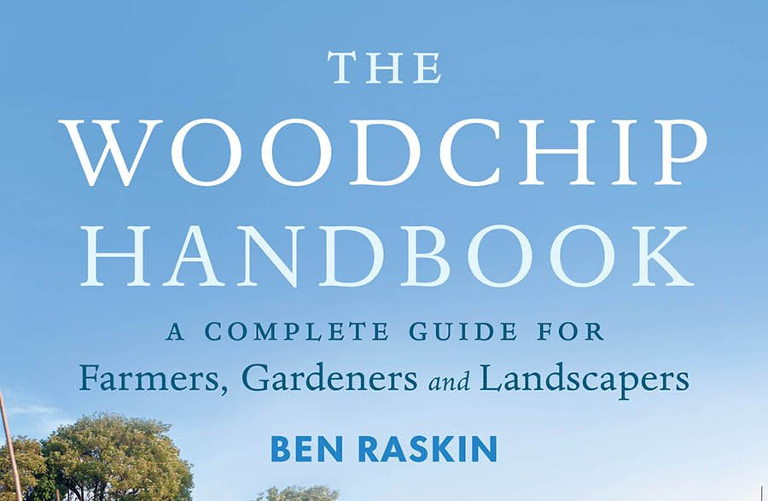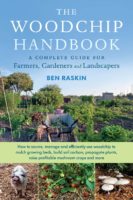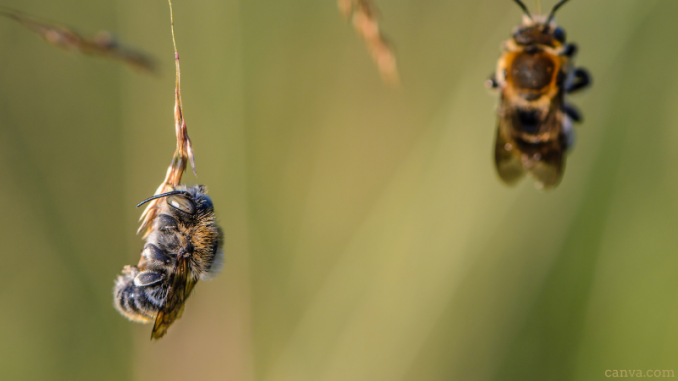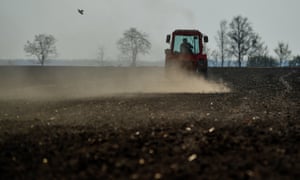We need more geology in school. Or perhaps ecology. Probably both. If we are to survive, we need to understand who and what we are, and for that we need to understand this world that made us. We are earthly beings. We are small parts of a small planet on an average star in the outer reaches of a galactic backwater somewhere in the vastness of the universe. We are small parts that have not been around for long, nor is there any reason to expect that we will continue for more than a few million years — most of our close cousin species are already extinct, after all. We are small parts that do not live long enough to have much impact. Yes, even all this mess we’ve made of our planet — while naming ourselves “the intelligent species” — will not last long. If there are geologists in the future capable of reading the rocks, they will be hard-pressed to even find the layers that contained humans.
A centimeter layer of rock most often represents thousands of years of deposition, perhaps millions of years when deposited in regions of high topography. (Some thick layers can be laid down in hours though these are more often igneous than sedimentary.) All that we’ve done, from our birth in Africa to our global ending, will likely comprise a layer of stratigraphy that is thinner than your smallest toe. To be sure, that layer will have ludicrously irrational geochemistry, laced as it will be with plastics and concentrated poisons. If there are mass spectrometers in the future (not likely, but humor me), geologists will spend careers trying to understand how this particularly toxic time period came about. They may invoke extraterrestrial impacts — because any thinking being will find the true story of our abiotic idiocy hard to accept.
…click on the above link to read the rest of the article…

















